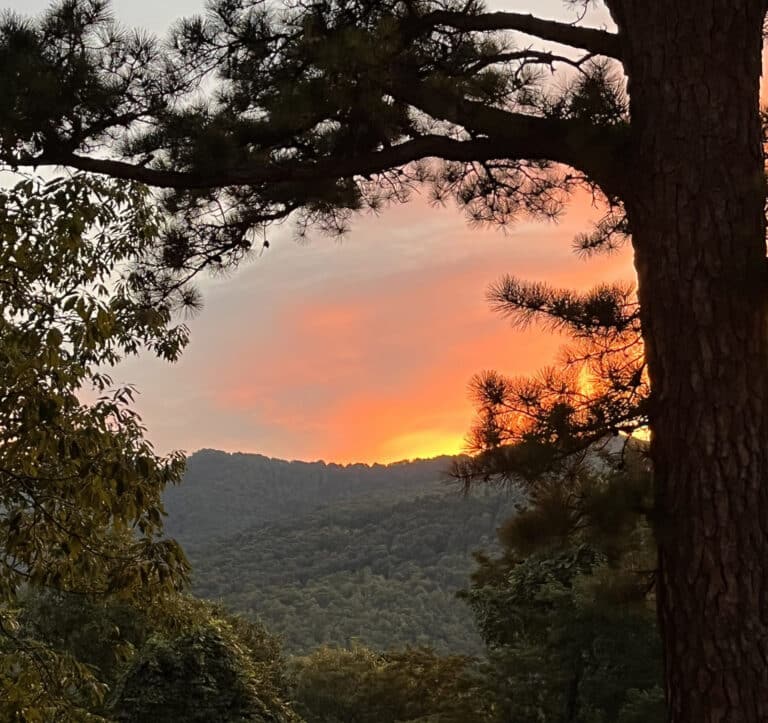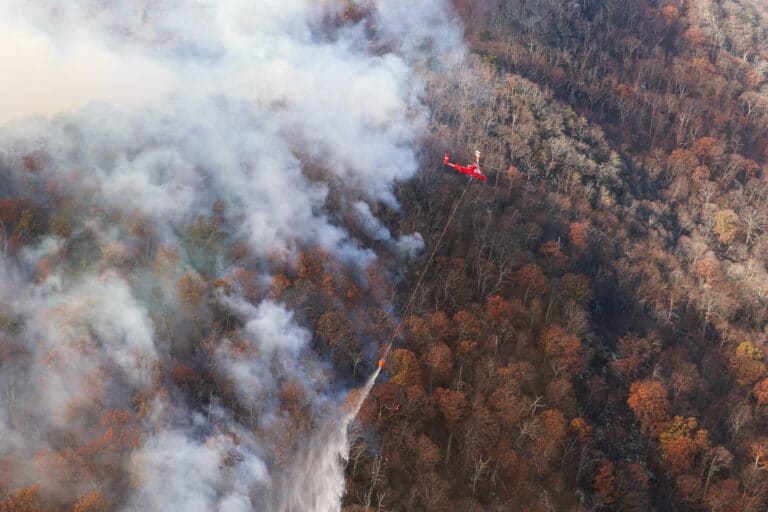Cover photo by Jedd Ferris
After sustaining an injury, an avid adventurer becomes mindful about his drinking.
I didn’t truly appreciate the close ties between outdoor recreation and alcohol until I tried to quit drinking for a while.
Whether it’s a post-adventure round at the brewery or a riverside campfire party, alcohol permeates outdoor culture in a deep way. And I certainly understand the connection. I love having a cold beer after a long, hot trail run or riding 12 sweaty miles of singletrack. It’s not just that a drink helps take the edge off the adrenaline rush that comes with an outdoor adventure—it’s the ritual of the thing, the shared camaraderie that comes with mythologizing those experiences with friends over a beverage afterward.
They’ve become tied on a larger scale, too. Craft alcohol is embedded into the playbook for the South’s aging cities reinventing themselves. In recent years Asheville, N.C., and Richmond, Va., have seen a seemingly endless stream of new breweries open on their ways to becoming well-known destinations for beer tourism.
Near where I live in southwest Virginia, Roanoke has undergone a transformation from an aging railroad hub into a vibrant outdoor town. I identify its tipping point as 2014, the year it was chosen to be the East Coast headquarters for Oregon’s Deschutes Brewery and California’s Ballast Point Brewing Company. Neither one of those deals came to lasting fruition—but their announcements signaled a vibe shift, when Roanoke reversed decades of population decline and became a destination because of its proximity to world-class hiking, biking, and beer.
I’ve connected outdoor rec and alcohol since Y2K, when I worked on a hard-drinking wildlife crew in Big Sur, California. For years, I told people I “went crazy” when I was in Big Sur. In the years since, I’ve come to realize that’s not quite accurate. To be more precise, that’s one of the few times in my life when I drank a lot of liquor. I returned to Appalachia in 2001, cut out liquor, and drank much more moderately. I became a trail runner, even joking to run-hating friends that I ran so I could justify having a beer afterward.
Yet a recent study indicated that’s not just a joke. Researchers found that active, physically fit people who work out regularly are more than twice as likely to be moderate or heavy drinkers as people who don’t. Even in college, athletes consumed significantly more booze than non-athletes.
The pandemic only intensified our tendency to drink. Alcohol consumption rose by 14 percent for those over age 30. And more people flocked to outdoor destinations over that time. I don’t have the numbers, but I suspect there’s some overlap in the Venn diagram between those two trends.
My pandemic experience included getting back into mountain biking. In my part of Virginia, we’re blessed with an abundance of singletrack trails and gravel routes—most spectacularly exemplified in Carvins Cove Natural Reserve, which features more than 60 miles of trail just outside Roanoke.
Any given afternoon, you can find the Bennett Springs parking lot clogged with mountain bikers. It’s not uncommon to find riders sharing beers in the lot post-ride. I routinely threw back IPAs with a riding pal after we emerged mud-flecked and exhilarated from an intense romp through the cove’s ridges and hollows.
Then I fractured my clavicle last June. It happened on an otherwise low-key ride in Patrick County’s I.C. DeHart Park. Nothing spectacular or glorious: my Hardrock slipped down a gully, the front wheel twisted, and I went over the handlebars.
Suddenly I faced a summer with no trail running or bike riding. My routine was thoroughly disrupted. I rely on runs and rides not just for cardio conditioning, but as times to process my thoughts and clear my head. Now they weren’t an option.
If I couldn’t run or ride, though, I could still enjoy a drink. I want to say I drank in pursuit of that post-adventure feeling. The camaraderie, the thrill, and fellowship with friends. Yet, I must admit I also drank to fill the void left by the absence of the adventures themselves. I walked my neighborhood streets but couldn’t replace the exhilaration that came with riding miles of hollers and ridges.
Middle age is when all the habits we sowed in our 20s and 30s begin to show consequences, and as a couch-bound 45-year-old, I finally had time to think and worry about my nagging IPA habit.
Observationally, I can tell I’m not alone. Mindfulness around alcohol consumption is becoming a trend of its own, and breweries in Blue Ridge are starting to offer creatively crafted NA brews, as well as locally made kombucha.
A wise woman of Floyd told me she stopped drinking when she found she couldn’t open a bottle of wine without finishing it. I reached a similar point during my shoulder recovery, where I couldn’t bring home a six-pack without drinking two, three, sometimes four beers in an evening.
So while I am not ready to completely abstain, I decided to set a boundary for myself: I will not buy beer to bring home. Now that my shoulder has healed, I’ve been cleared to run and ride again. But for now, at least, I’m continuing to hold that boundary.
A drink just goes down better with friends after an epic adventure than it does trying to replicate that feeling on the couch.








